There can be your advertisement
300x150
How Poplar Fluff Is Harmful and How to Deal With It
Poplar trees absorb up to 30 kilograms of dust and exhaust gases per season and spread them throughout our homes. We explain the dangers of this phenomenon and how to get rid of fluff in your apartment.
Poplar fluff penetrates through open windows, clogs the most hard-to-reach places, sticks to curtains and carpets, and rolls into clumps around the apartment. But that's not the worst part: fluff mostly falls to the ground, then gets lifted into the air by wind. In this case, it carries dust and microbes into your home, which eventually enter your respiratory system.
Who Is Most at Risk from Fluff
Poplar fluff is most dangerous for people with bronchial asthma. It not only acts as a physical irritant but also triggers new episodes of the disease.
People suffering from chronic nasal congestion find it especially difficult to cope with fluff. Since they have a constant inflammatory focus and swelling of the mucous membranes, fluff causes additional irritation, increases blood flow to tissues, and worsens their condition.
Poplar fluff is also harmful for people with nasal polyps. It not only irritates the mucous membranes but can also cause growth of polypoid tissue, leading to significant enlargement of the polyps and breathing problems.
If the mucous membrane is healthy, it cleans itself naturally through sneezing. However, if there are defects, the condition deteriorates faster.

Protecting Your Car
The finest particles of gravel, sand, and debris ejected from the wheels of a vehicle ahead can clog the radiator grille. Poplar fluff absorbs all this waste material, forming a felt-like layer. When it reaches certain dimensions, the car engine starts overheating. Therefore, during summer, it's better to visit an auto service more frequently and change air filters.
... And Electronics!
During the period when poplars shed fluff, moths settle on trees. Along with the fluff, they also enter apartments. Moths don't damage clothing or food in the house but can penetrate lighting fixtures, TVs, computers, and air conditioners (just like the fluff itself). As a result, electronics break down faster.

Dangers of Fluff in the Yard
A cigarette butt thrown on the ground and not extinguished can instantly ignite a fluff carpet, and if there's dry grass underneath, it could lead to a fire. This danger exists on balconies too, especially if neighbors above are smoking. Therefore, it’s important not to accumulate fluff on balconies.
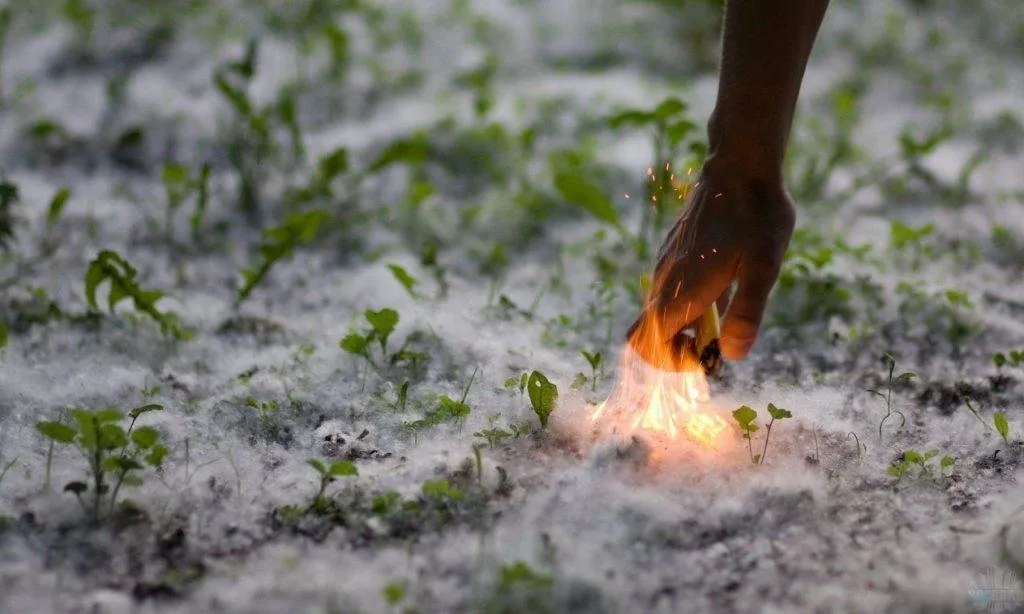
How to Protect Yourself? Mosquito Nets
Modern double-glazed windows come with mosquito nets, which protect not only from mosquitoes but also from fluff. An alternative is simple gauze: secure it to the window frame using buttons or double-sided tape. Ensure there are no holes in the net: even a small gap can allow large amounts of fluff to enter within a day.

Wet Cleaning
After installing mosquito nets, you can start wet cleaning. Spray water in the room using a spray bottle: fluff will settle on the floor. Containers of water placed at corners can help gather the fluff, as it will be drawn toward them. Then mop the floor, shelves, bookcases, and ventilation grates. Collect the fluff in a bag and dispose of it in the trash; otherwise, it will scatter throughout the apartment again.
If your house is surrounded by poplar trees, clean rooms twice daily with a damp mop. Most vacuum cleaners are ineffective against fluff: they don't collect the light clumps but rather blow them around the corners.
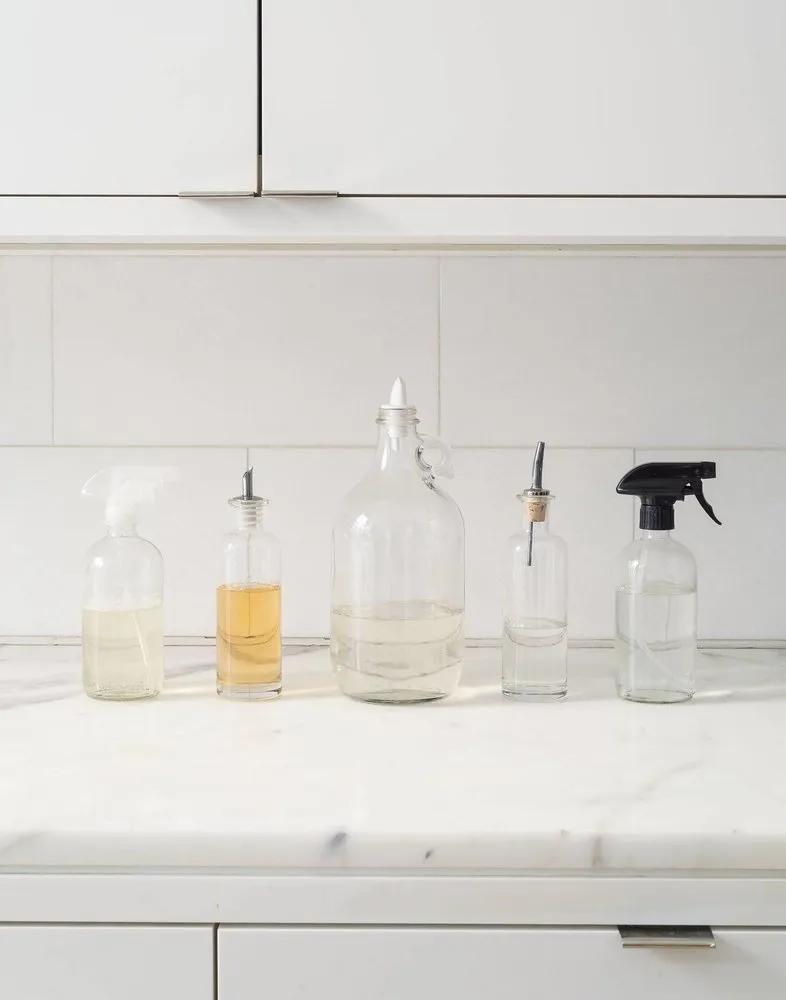
Additional Tips:
- Rinse your nose several times a day with seawater spray. This not only helps clear nasal passages from fluff but also moisturizes the mucous membranes and reduces swelling.
- Keep car windows closed when driving through poplar alleys.
- Use nasal decongestant drops: for nasal congestion, use them no more than twice a day and not longer than a week.
- Avoid foods that may worsen allergies: honey, seafood, chocolate, citrus fruits, cheeses with mold. It's better to avoid alcohol, especially herbal drinks like tinctures, vermouths, and liqueurs.
- Consult a doctor. There are many medications available for allergies today. However, each one is tailored to address specific symptoms.
More articles:
 Reconfiguration of a Standard Two-Room Apartment: How It Was Done
Reconfiguration of a Standard Two-Room Apartment: How It Was Done Small Cottage for a Large Family: Example from Australia
Small Cottage for a Large Family: Example from Australia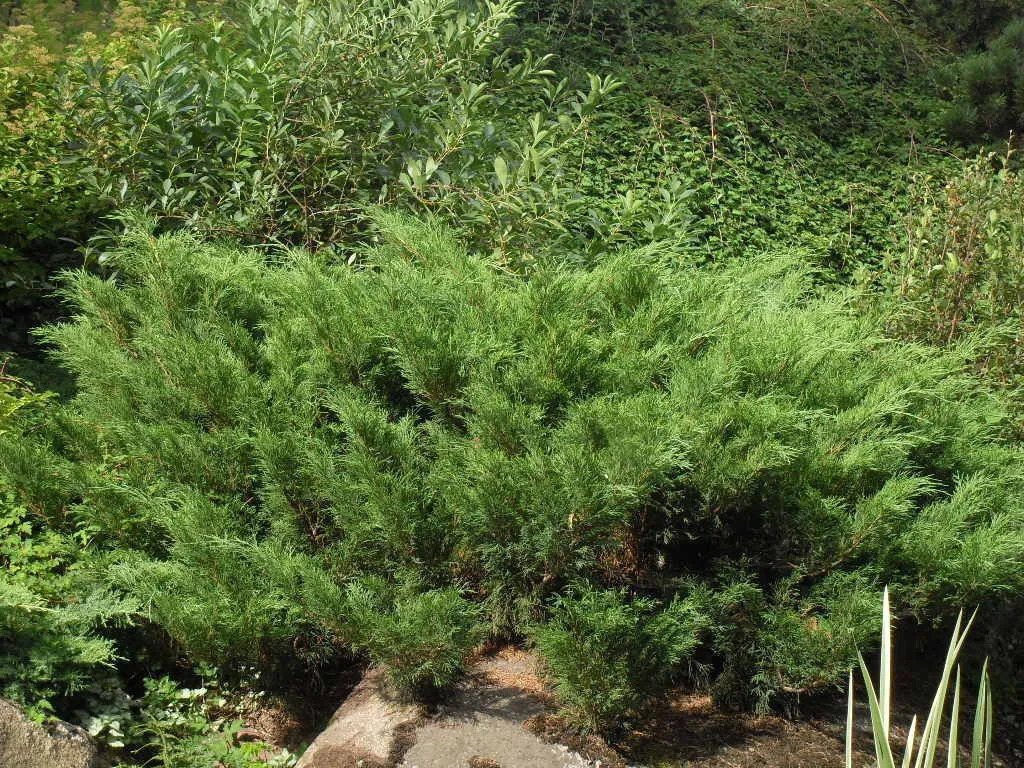 Beautiful and Durable: 8 Plants That Thrive in Our Climate
Beautiful and Durable: 8 Plants That Thrive in Our Climate How Can IKEA Help Create Order in Your Apartment?
How Can IKEA Help Create Order in Your Apartment?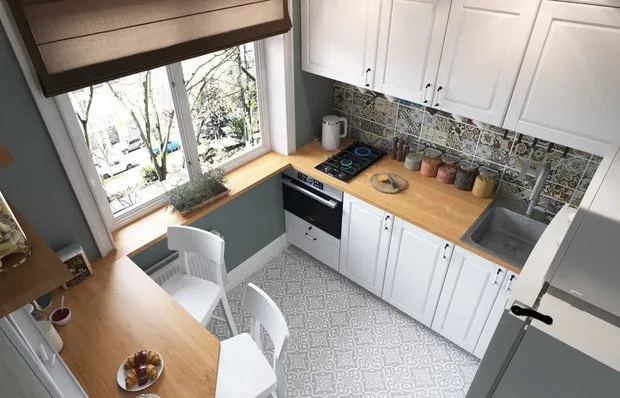 10 Ideas for a Small Kitchen That We Spotted from Designers
10 Ideas for a Small Kitchen That We Spotted from Designers How to Fix Tight Layout and Add Colors and Mood
How to Fix Tight Layout and Add Colors and Mood What We Lost in Yesterday's Fire: Notre-Dame in Pictures
What We Lost in Yesterday's Fire: Notre-Dame in Pictures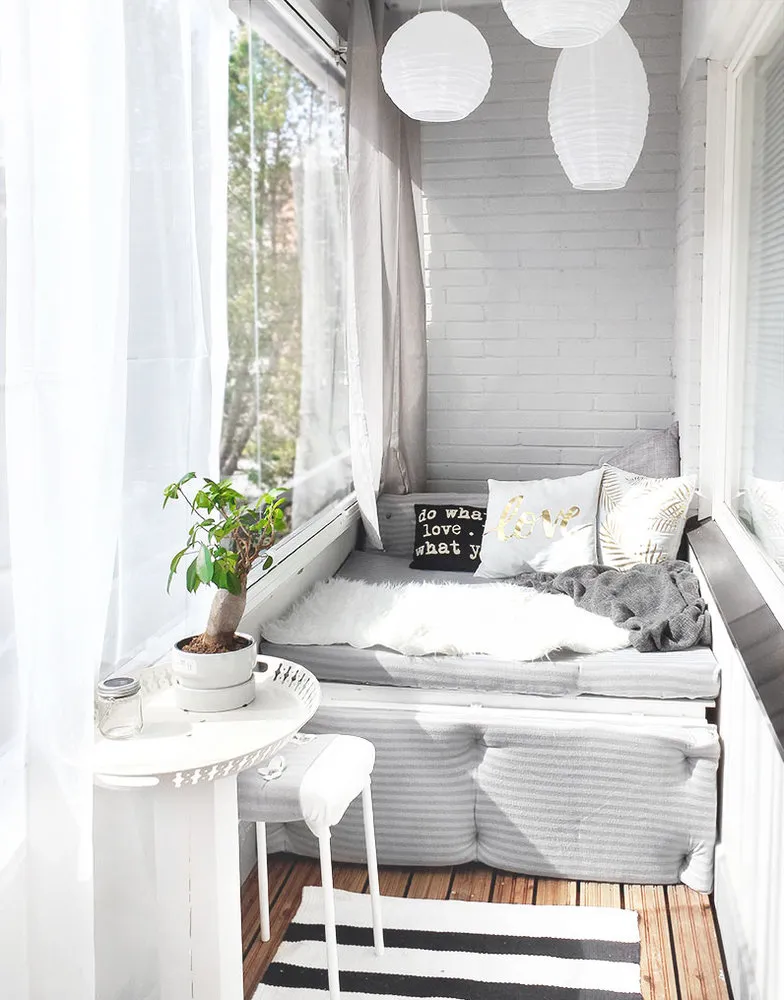 How to Quickly Clean a Balcony (Including the Outside Too)
How to Quickly Clean a Balcony (Including the Outside Too)